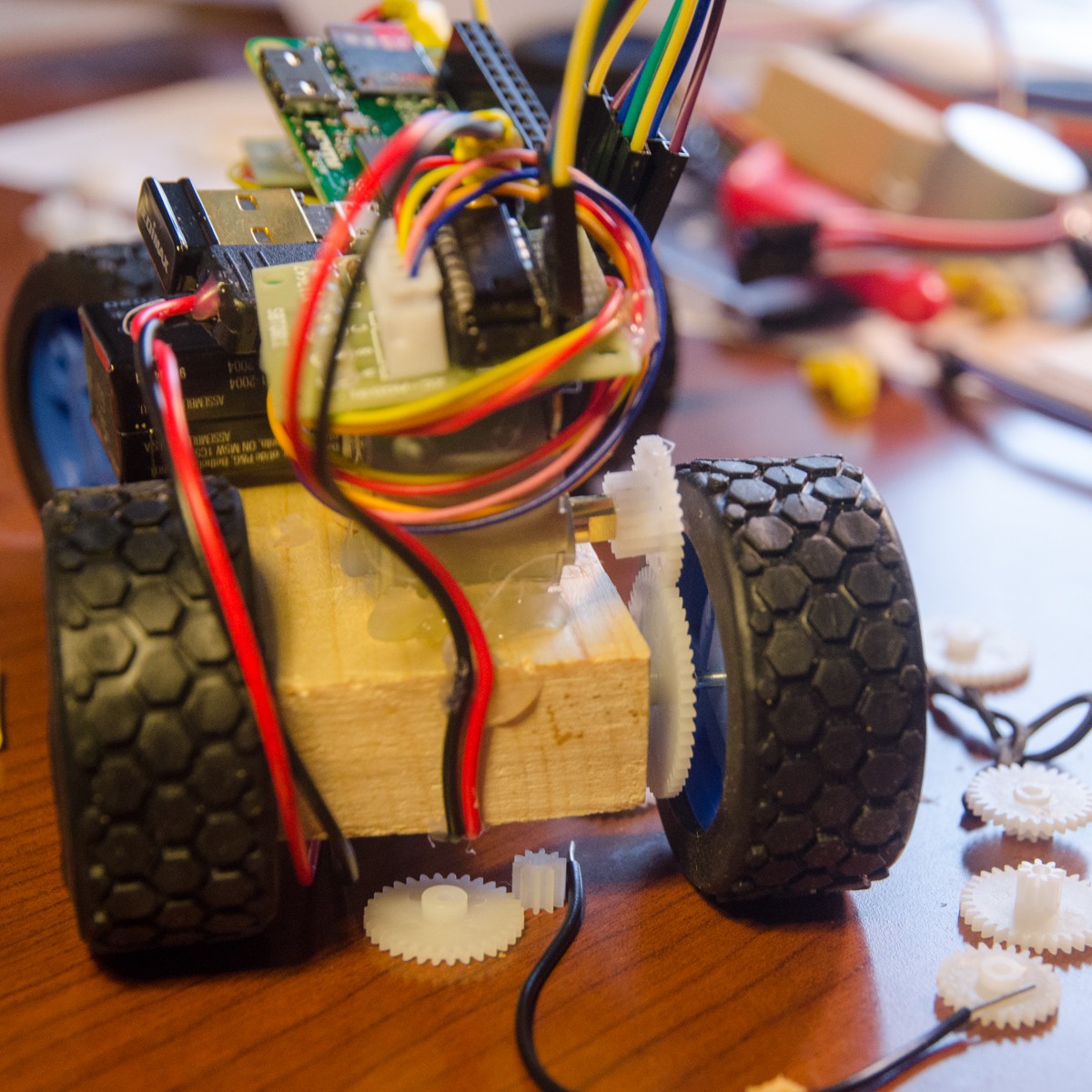You can follow the slow evolution of my RoboCar reading my logs. It is a long process but I try to write down my faults, difficulties, and experiences so as to help you to learn more.
- RoboCar Zero v 1 : slow and weak, but it works
- RoboCar Zero v 2 : first experiments with DC motors and gears.
- RoboCar Zero v 2.1 : new steering system (but it is not better at all)
 borazslo
borazslo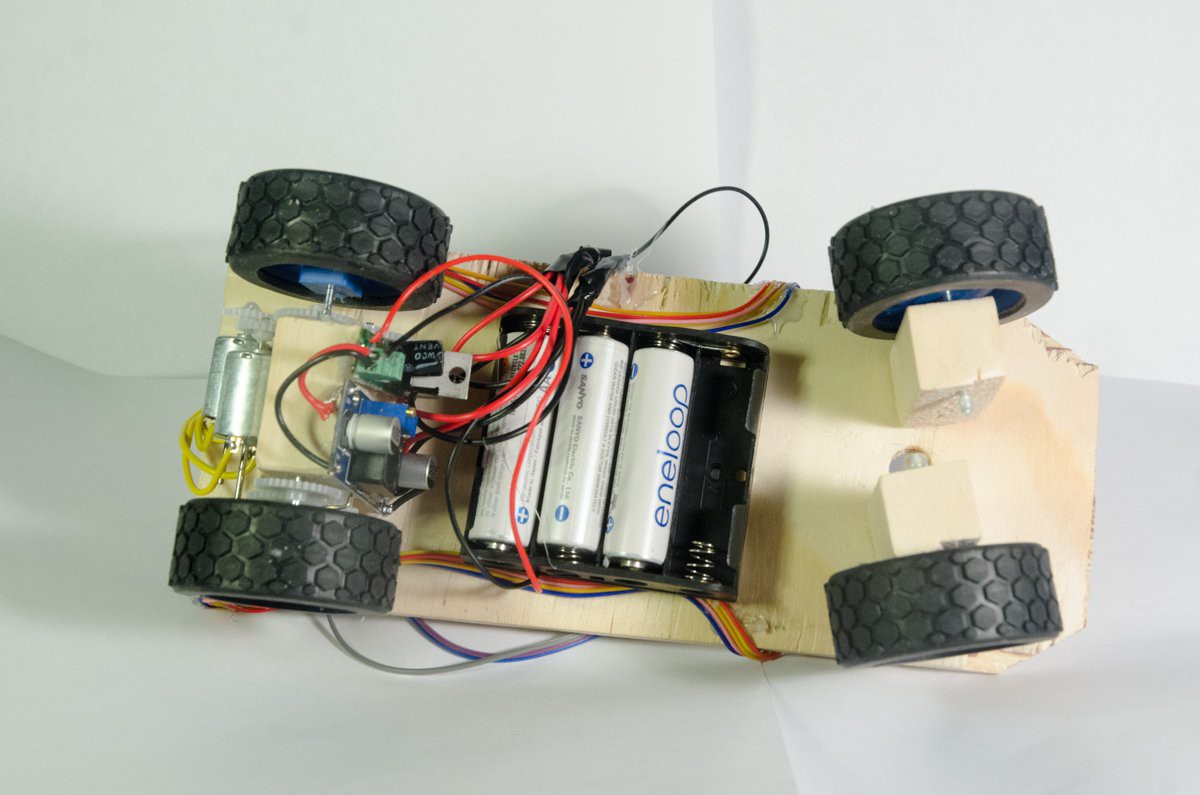
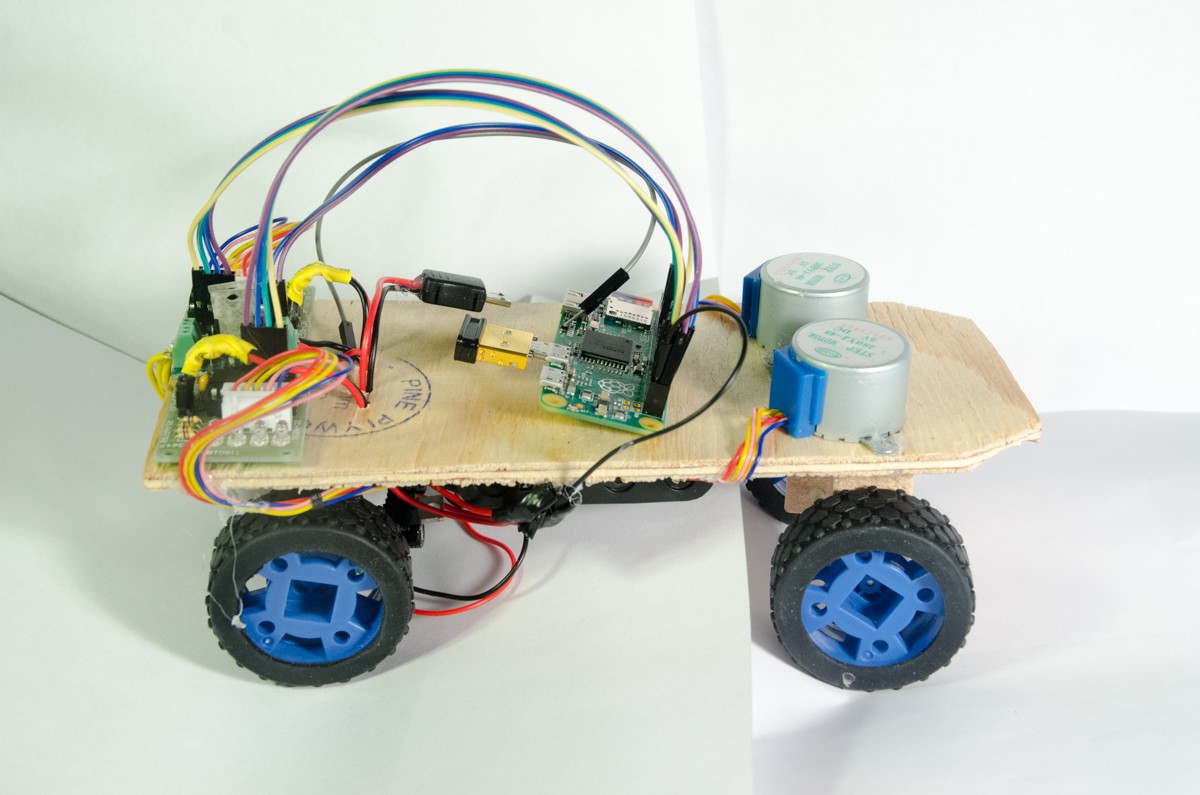
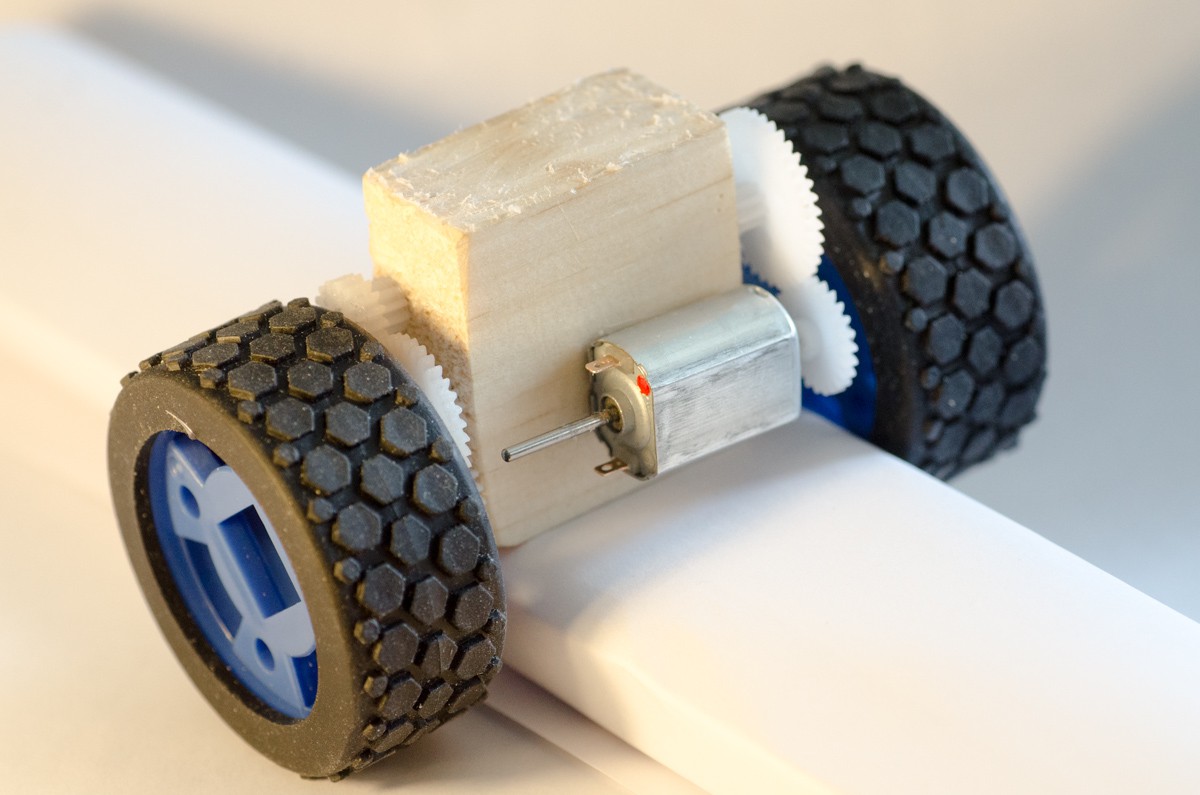
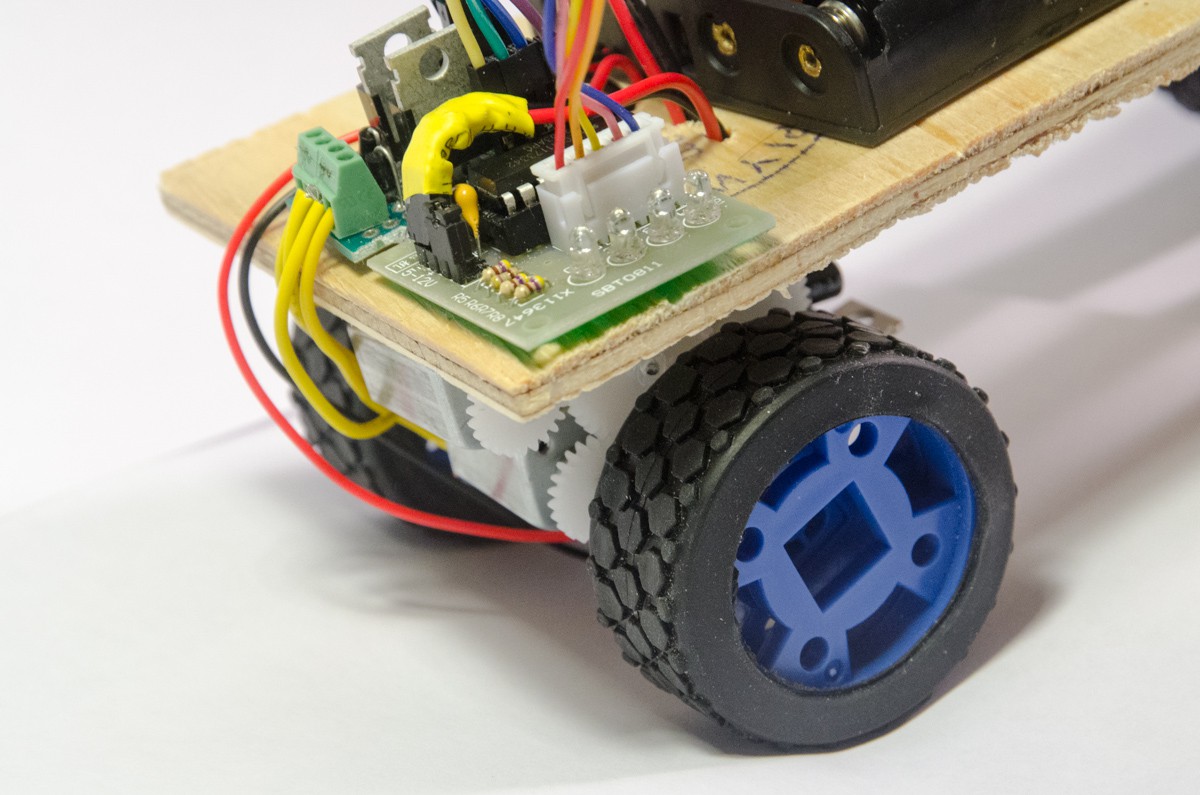
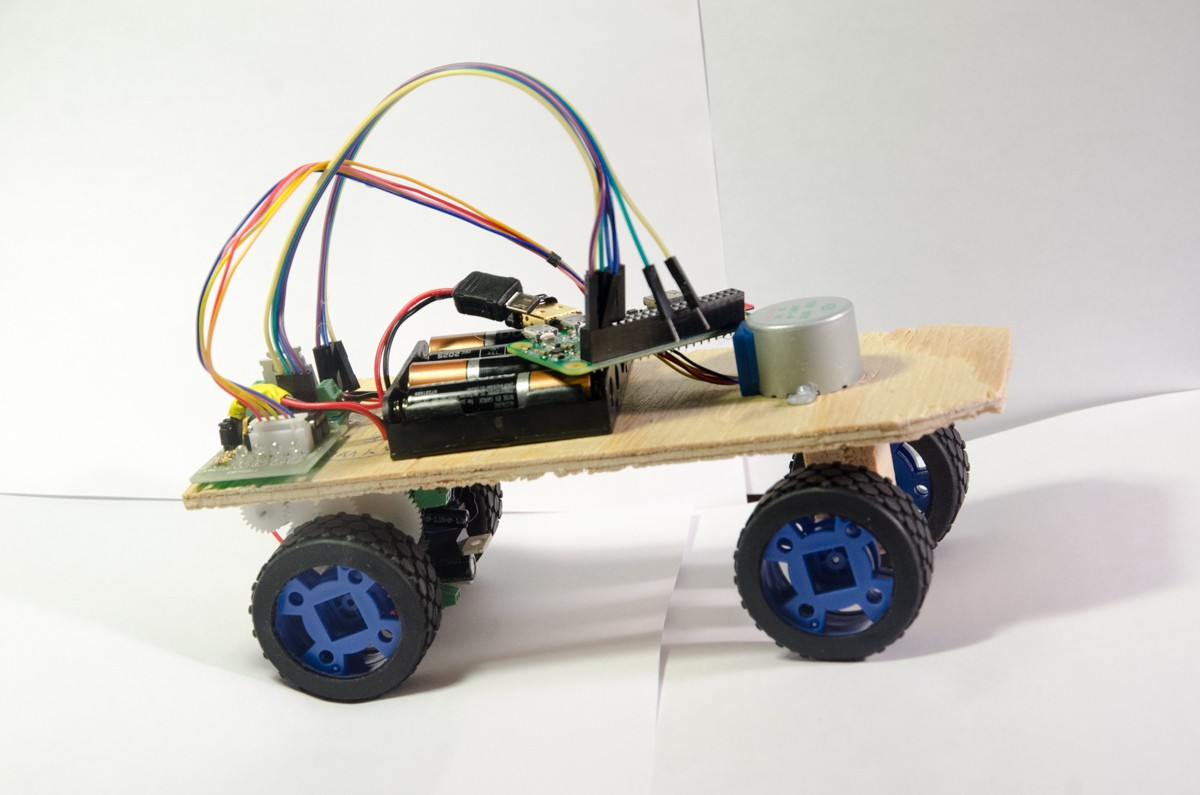
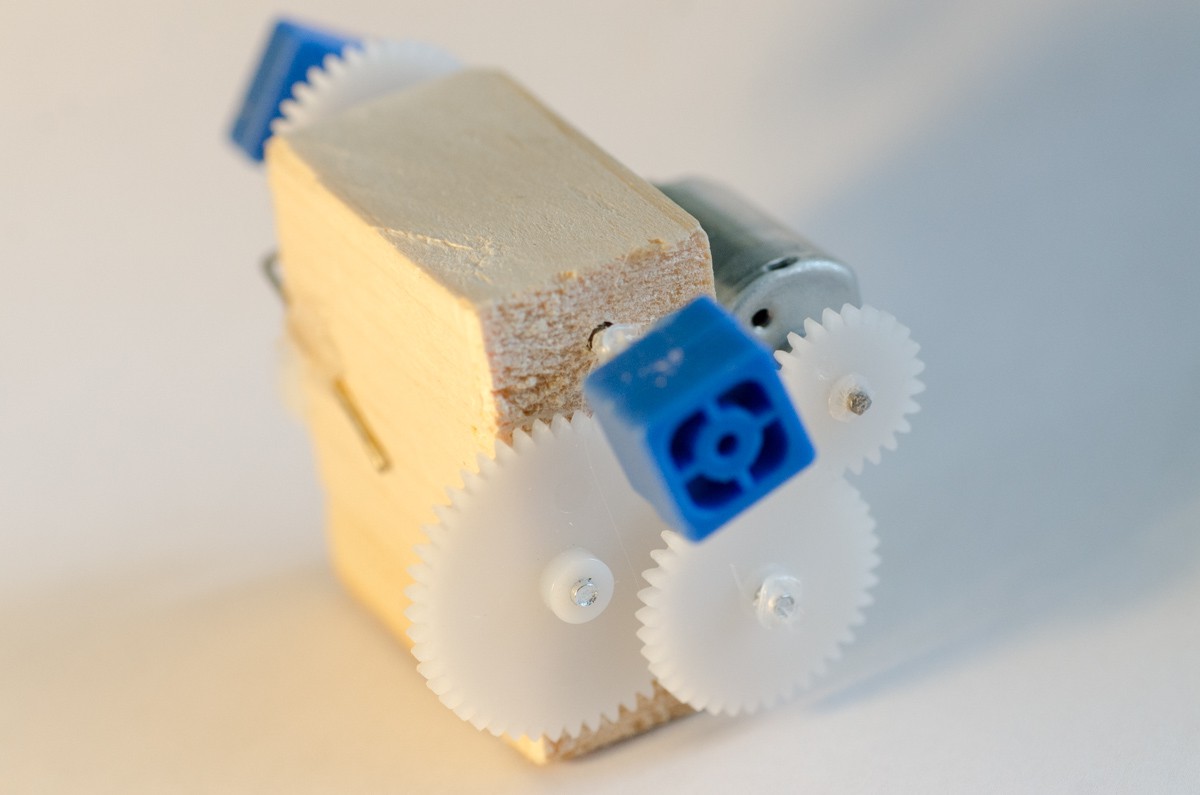
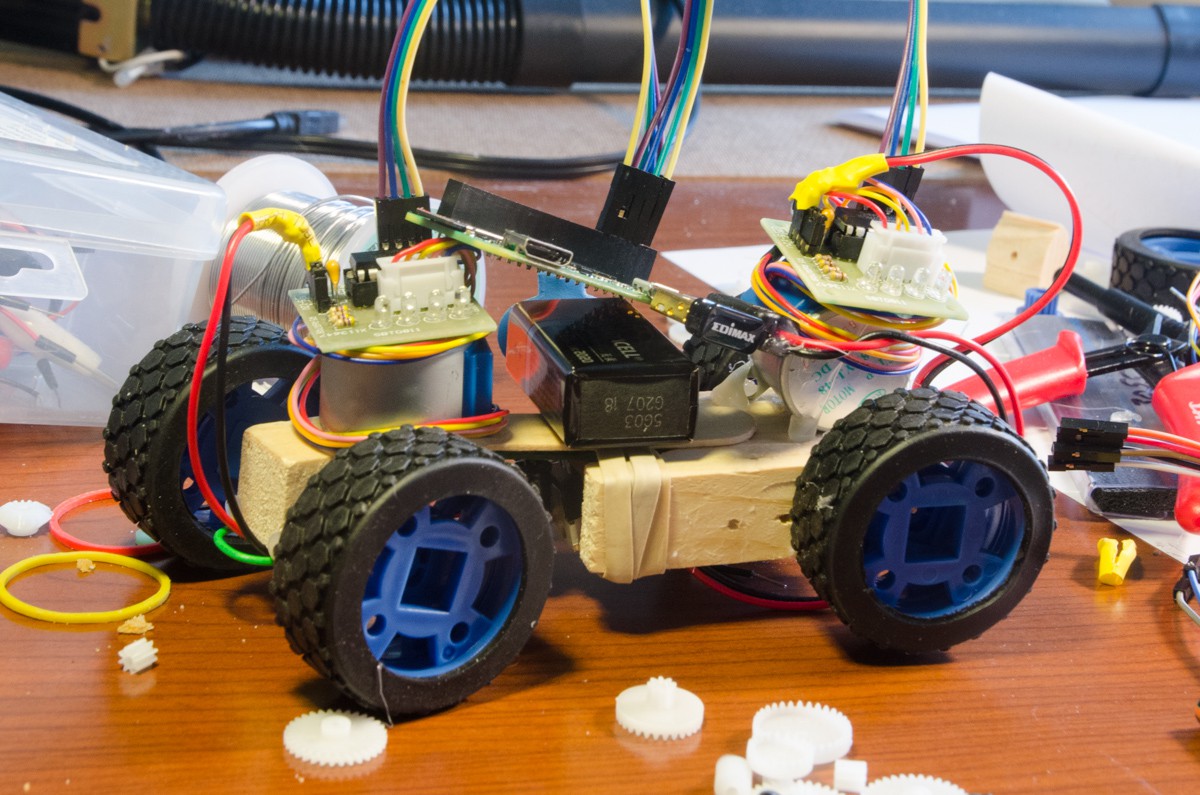 After some hours my very first robocar waked. I call it RoboCar Zero (v1).
After some hours my very first robocar waked. I call it RoboCar Zero (v1). 